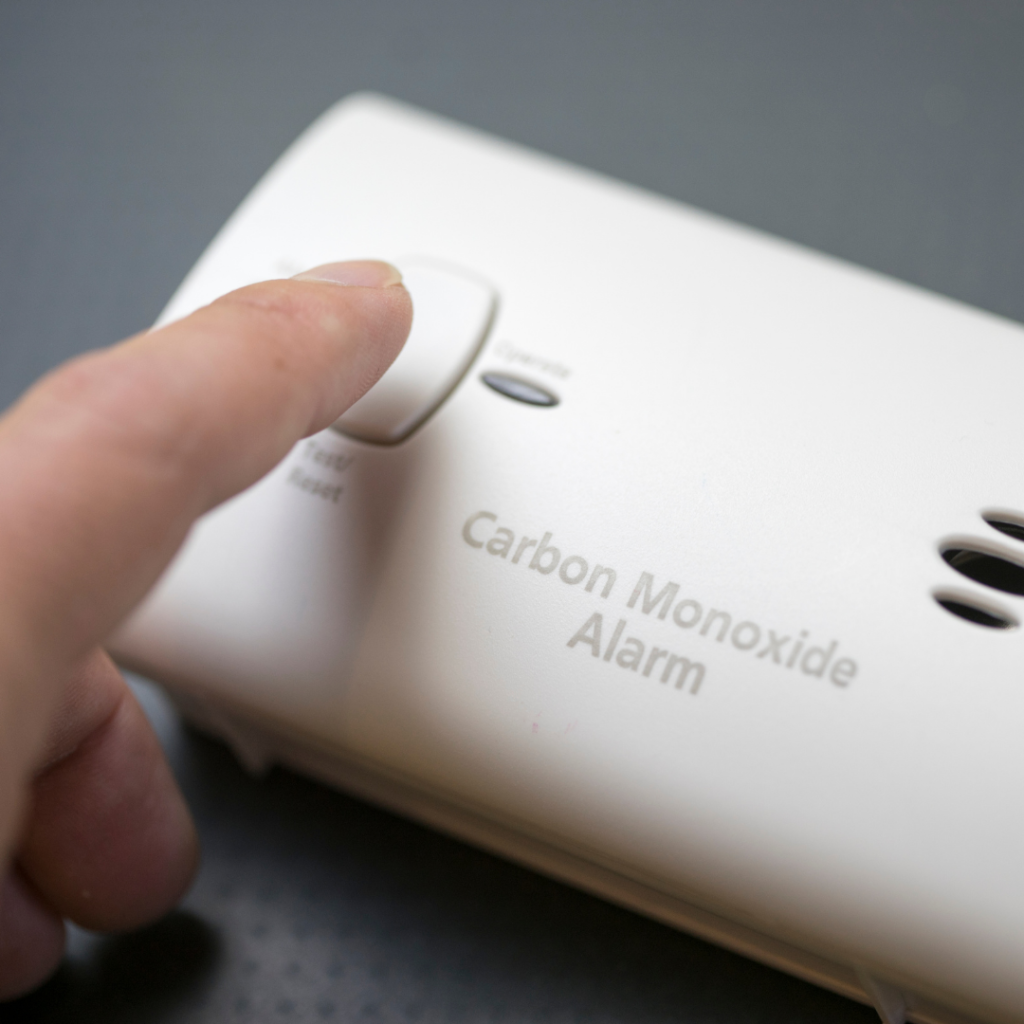At least 430 people die from accidental carbon monoxide poisoning each year according to the Centers for Disease Control and Prevention. Carbon monoxide is an insidious toxin in that it is an odorless and colorless poisonous gas, which makes it virtually undetectable by human senses alone. If there is sufficient carbon monoxide present in the ambient air, an individual could experience sudden illness or death.
Carbon monoxide is a byproduct of burning fuel such as gasoline, wood, propane, and charcoal. Dangerous levels of carbon monoxide may be present in locations housing improperly ventilated appliances and engines. For instance, a car garage may contain dangerous levels of carbon monoxide if the garage door is closed and carbon monoxide is expelled from a running car engine.
The health effects of carbon monoxide poisoning vary according to the duration and magnitude of the exposure. Prolonged exposure may lead to long-term health challenges such as memory, vision, and hearing loss as well as difficulty concentrating. In some rare cases, carbon monoxide poisoning has been reported to cause Parkinson’s Disease.
Although carbon monoxide is difficult to observe in the atmosphere, symptoms of carbon monoxide poisoning are quite noticeable. Common symptoms include headache, nausea, fatigue, weakness, abdominal discomfort or pain, dizziness, and confusion according to the Florida Department of Health. Signs of poisoning may also include blurred vision, numbness and tingling, lack of muscle control or coordination, irritability, shortness of breath, and other symptoms. To confirm the presence of carbon monoxide in the body, physicians may check an individual’s blood carboxyhemogolbin (COHb) levels.
How To Prevent Carbon Monoxide Poisoning
The Florida Department of Health lists ten ways to prevent carbon monoxide poisoning. They include:
- Installing a carbon monoxide alarm on every level in the home if an individual has appliances that burn fuel or an attached garage.
- Ensuring that all appliances are properly installed and ventilated according to the manufacturer’s instructions.
- Professionally inspecting fireplaces, combustion heating, and ventilation systems each year.
- Refraining from burning charcoal in enclosed spaces such as a home, vehicle, tent, or fireplace.
- Using generators only when they are at least twenty feet from the home, doors, and windows.
- Not using un-ventilated combustion appliances in enclosed spaces such as bedrooms.
- Never running a vehicle within an enclosed garage.
- Driving with rear windows closed so that no carbon monoxide from the exhaust pipe seeps into the vehicle.
Safekids.org recommends checking carbon monoxide detectors every year to ensure they are in correct working order. Further, an individual should keep vents from the dryer, furnace, stove, and fireplace free of debris.
What To Do If Carbon Monoxide Is Present in the Home
If an individual suspects that there may be dangerous levels of carbon monoxide in the home or they have been alerted by a carbon monoxide alarm, they should immediately exit the home along with anyone else residing inside. Once a safe distance from the home, they should immediately call emergency services (9-1-1) or the fire department. While waiting for emergency help to arrive no individual should enter the home for any reason.
Call Panter, Panter, and Sampedro
If you or a family member has experienced carbon monoxide poisoning due to a defective product, you need an experienced defective product attorney on your side. For over 30 years, our experienced trial attorneys have worked one-on-one with Florida’s families to successfully get the justice, recovery, and compensation they deserve. For a free case review, call 305-662-6178.
Sources:
https://www.safekids.org/checklist/carbon-monoxide-safety-checklist
https://www.floridahealth.gov/environmental-health/carbon-monoxide/index.html
